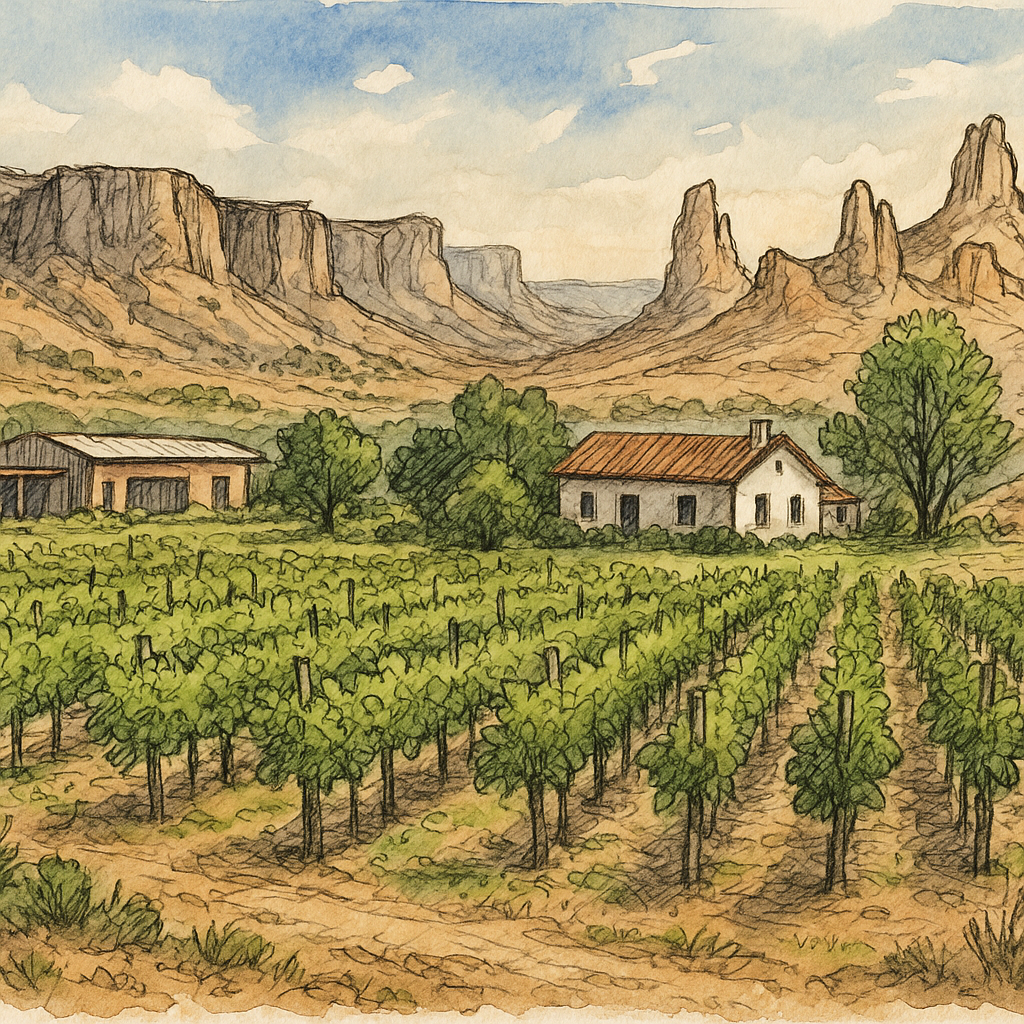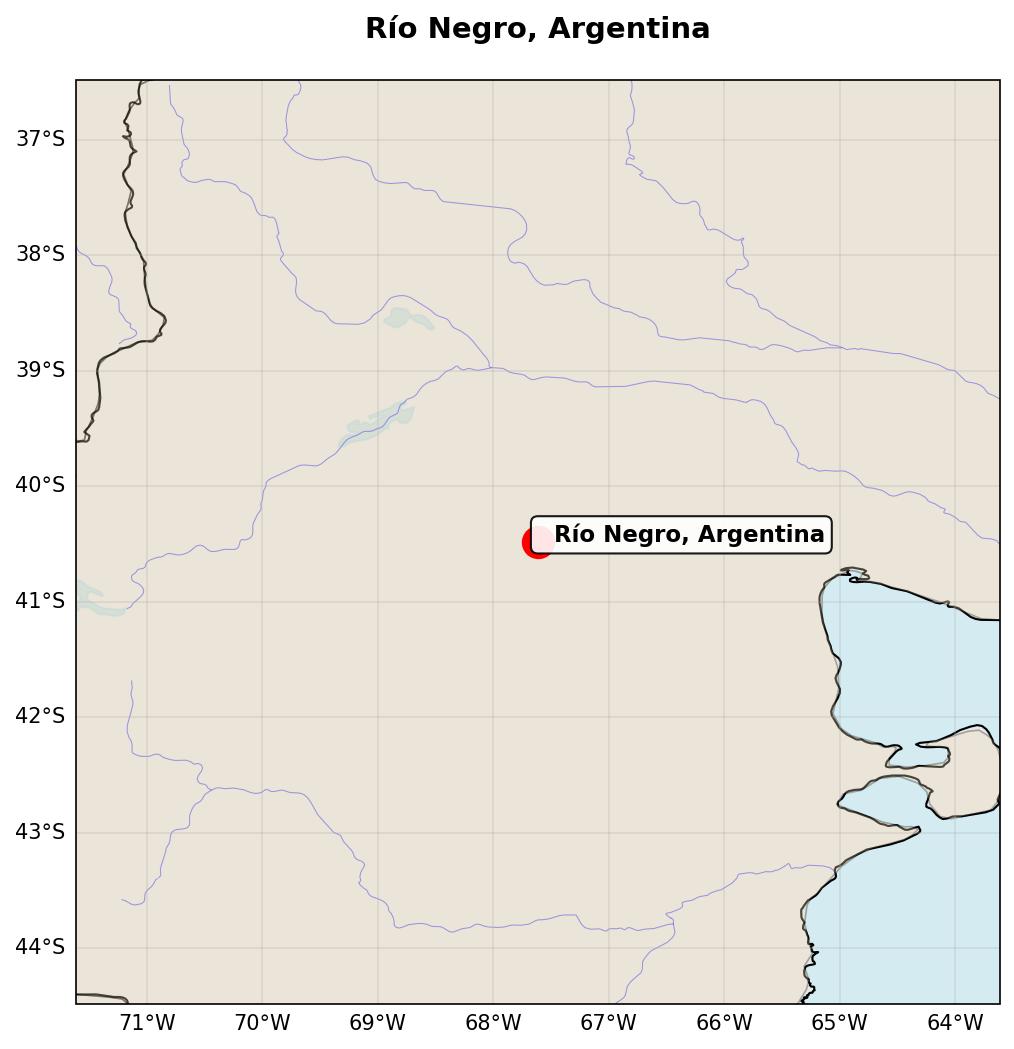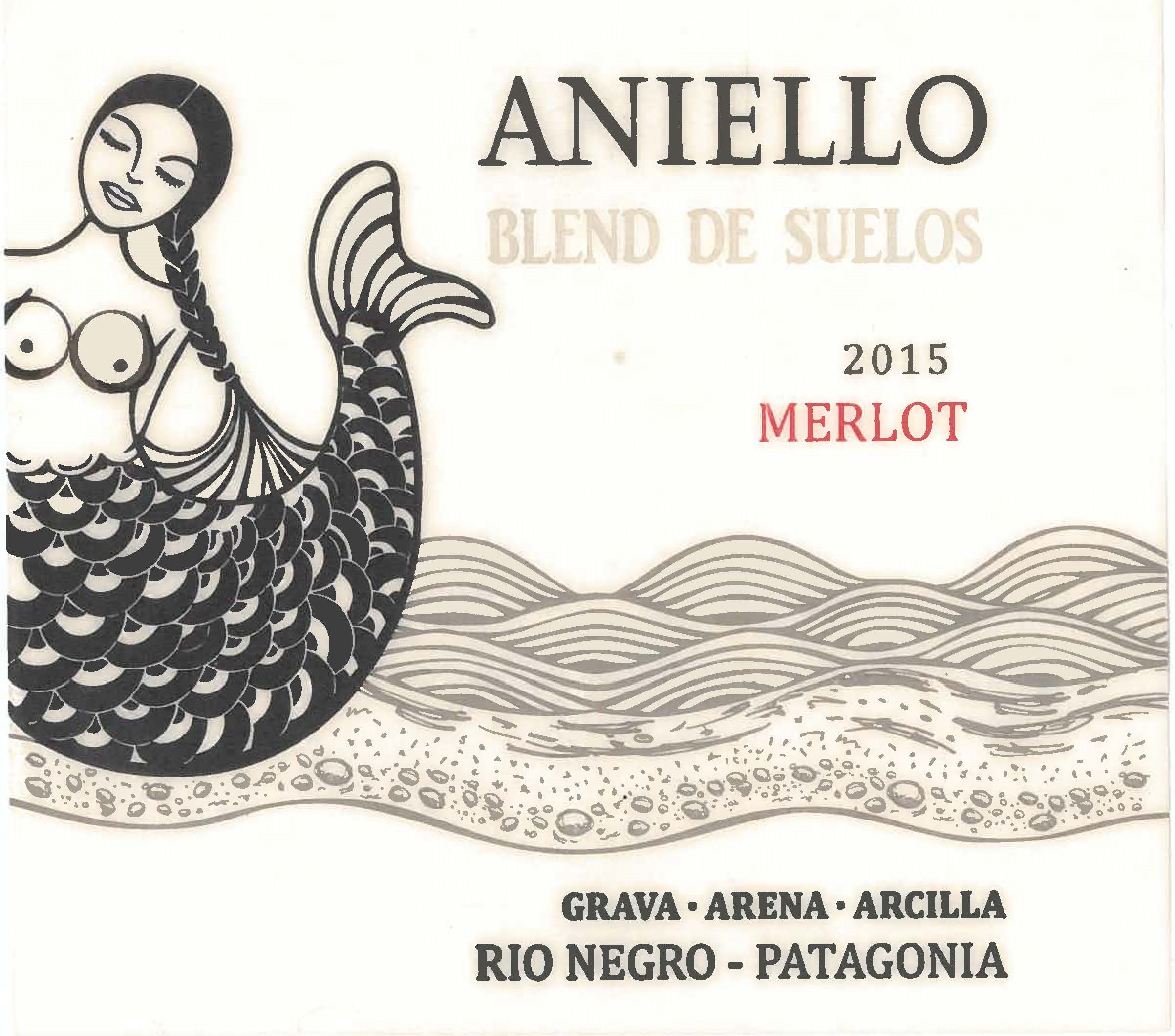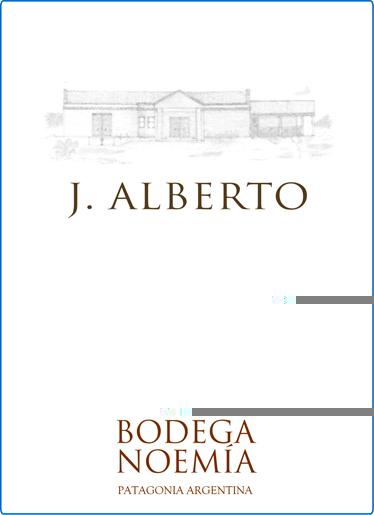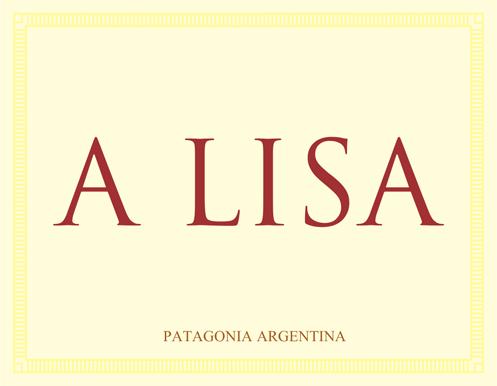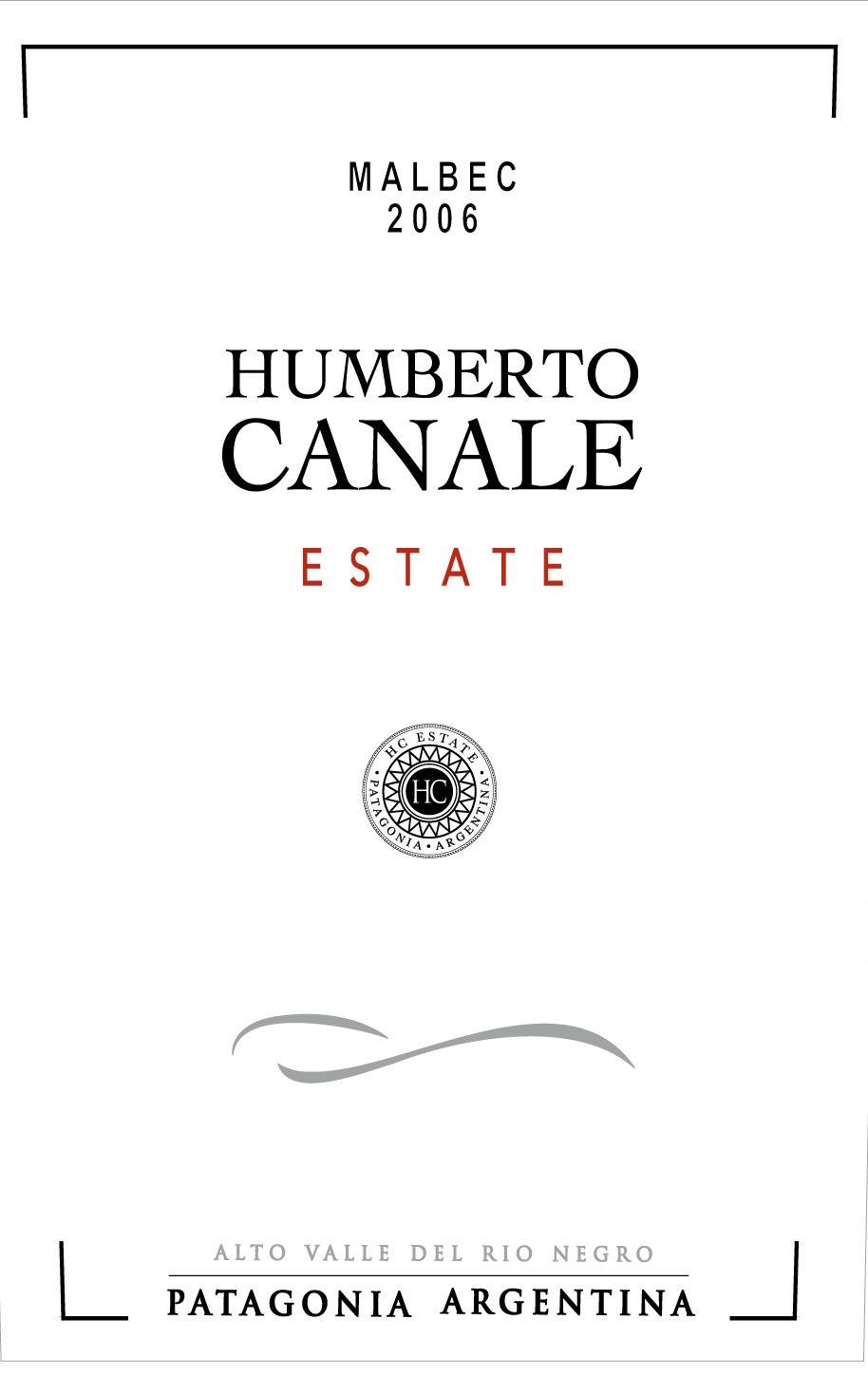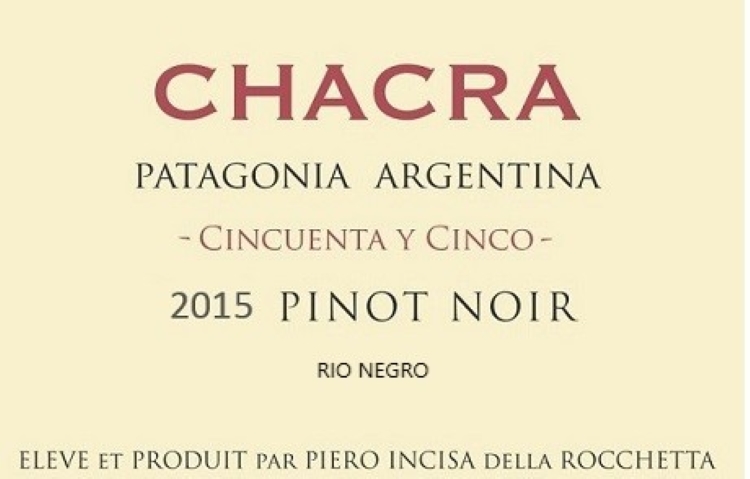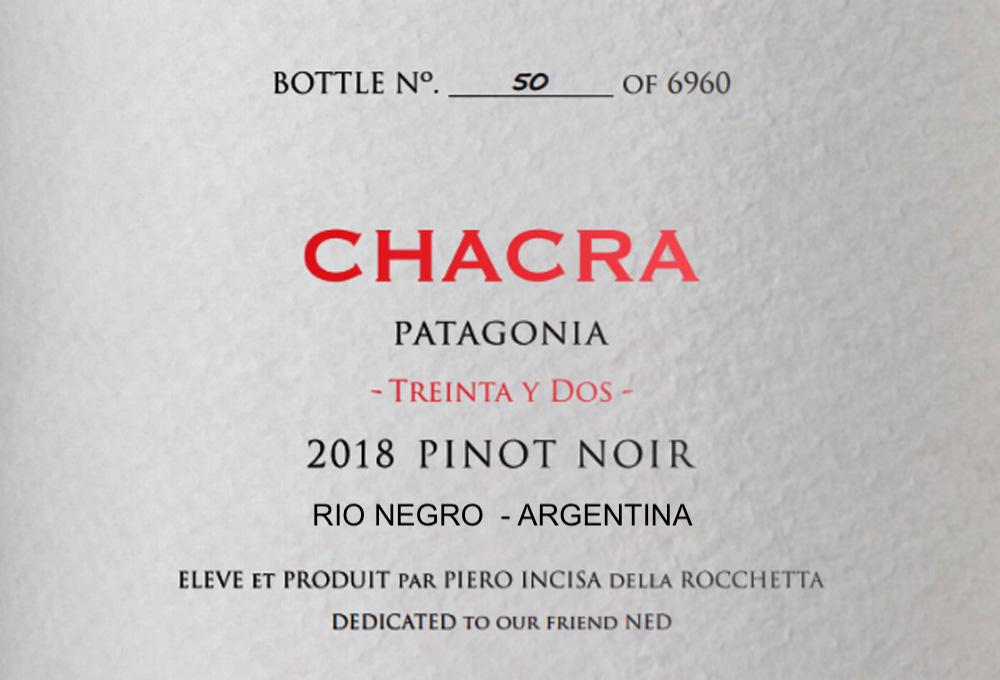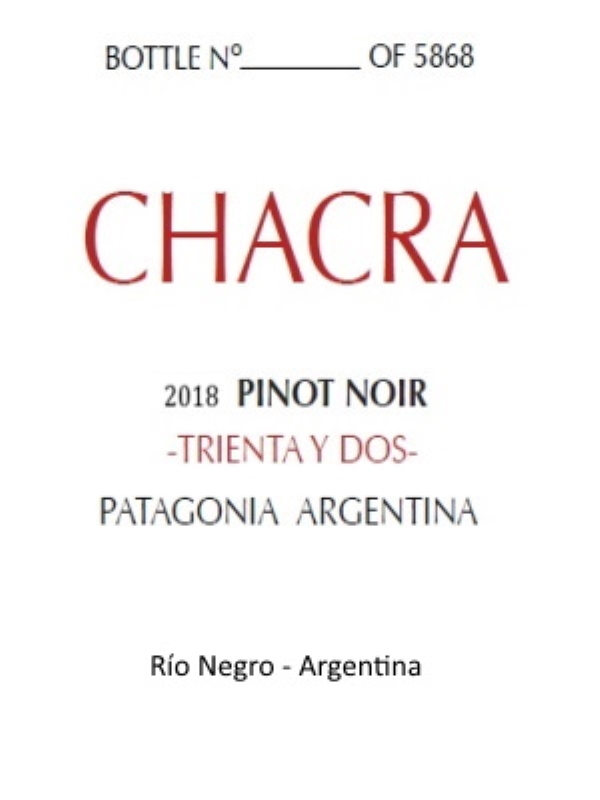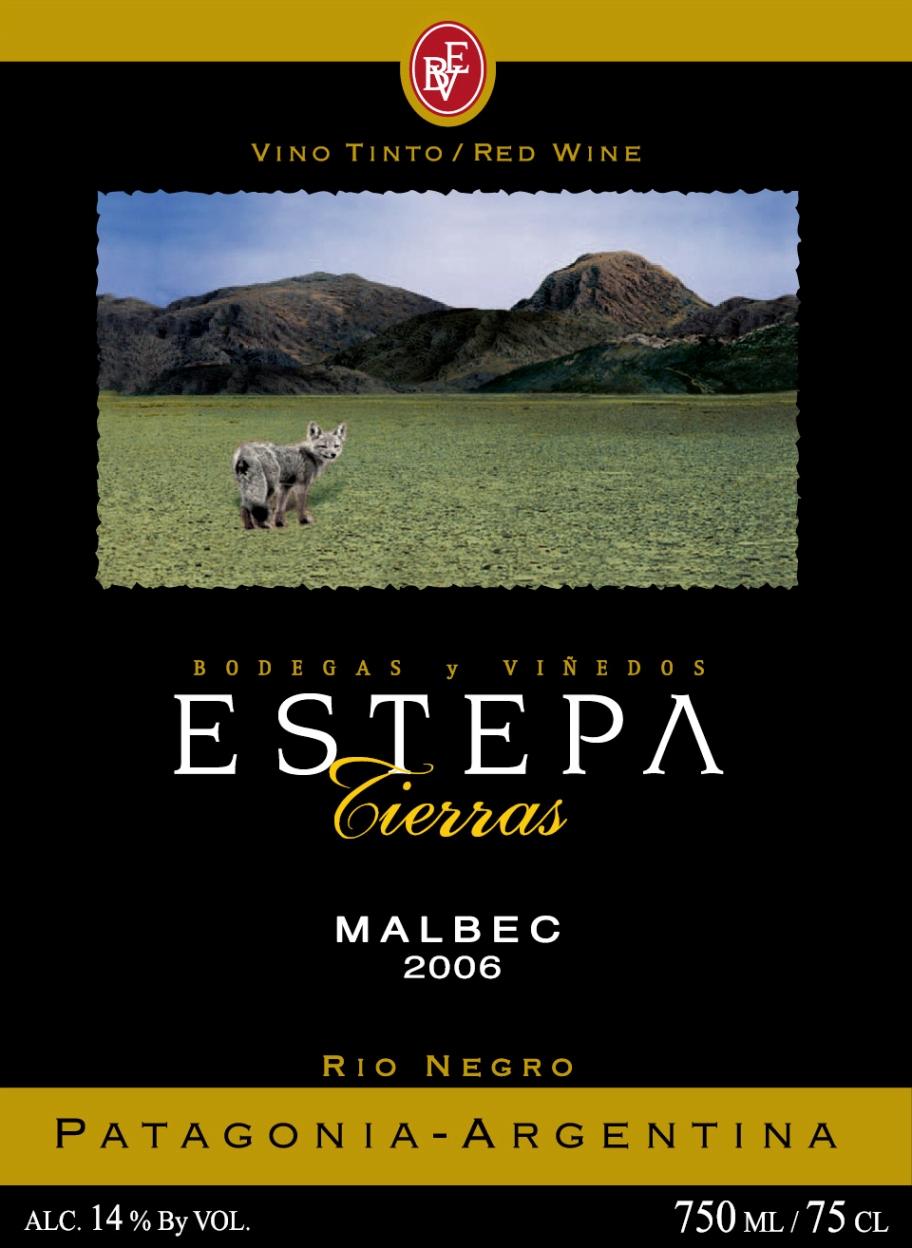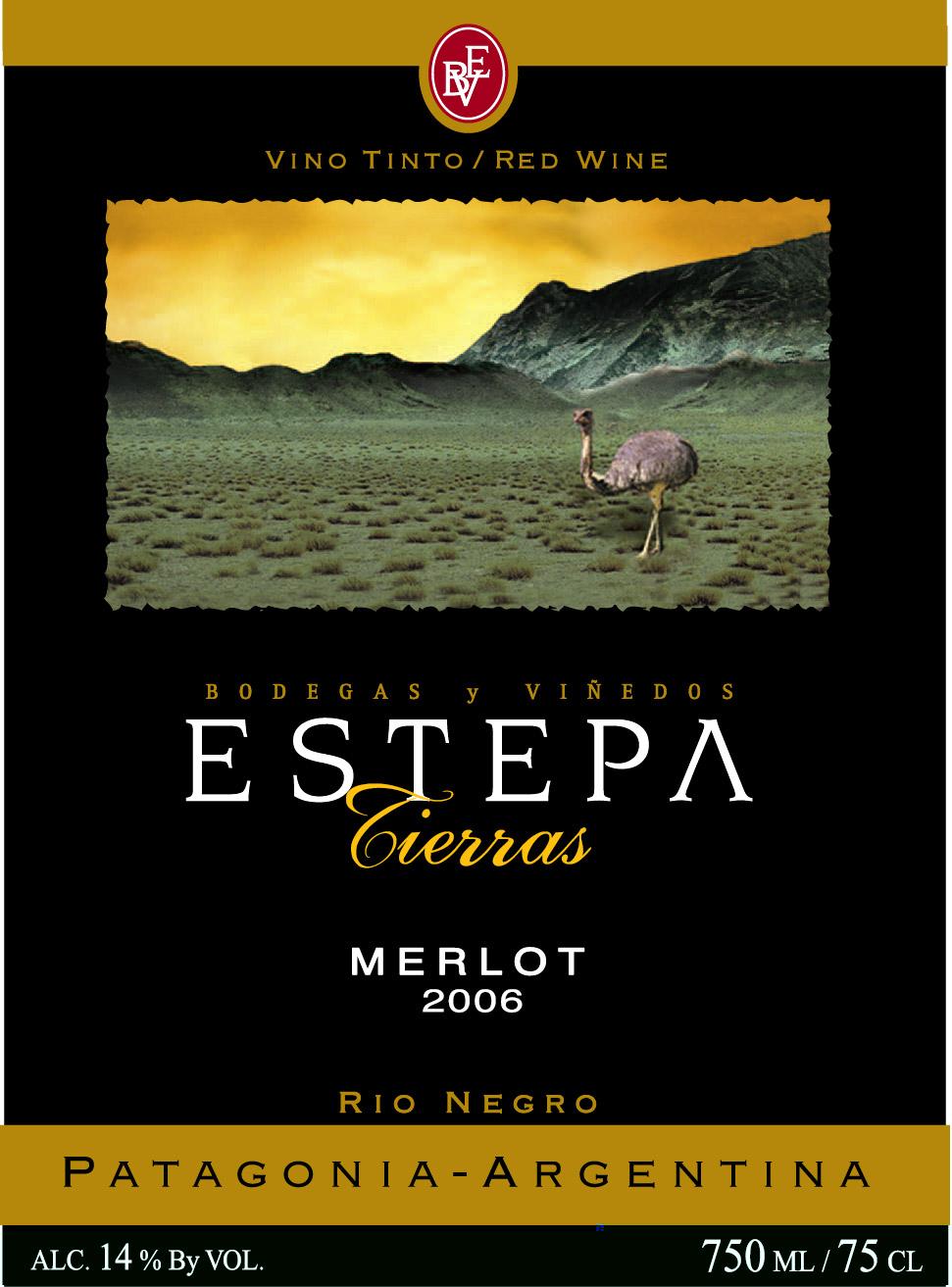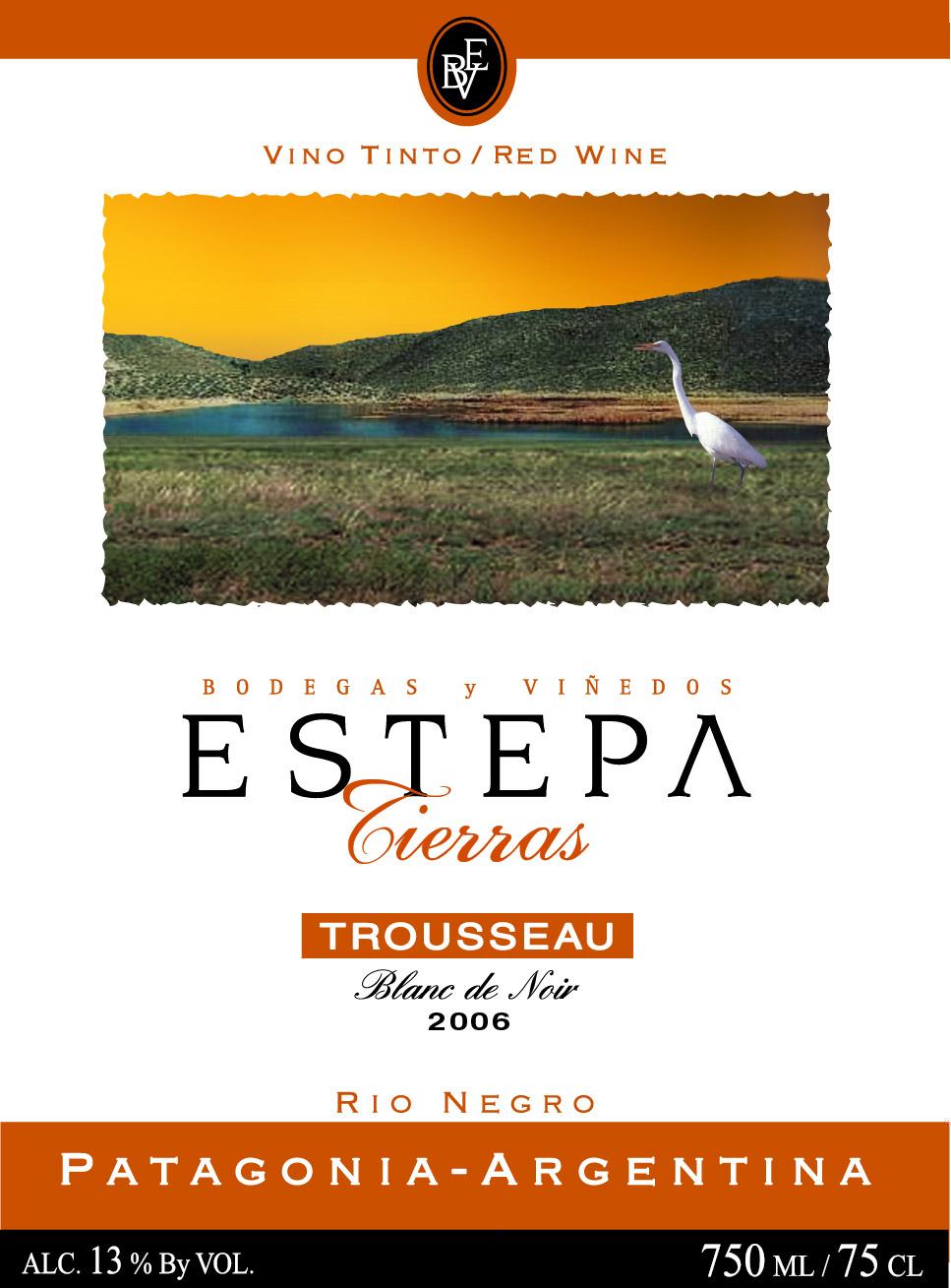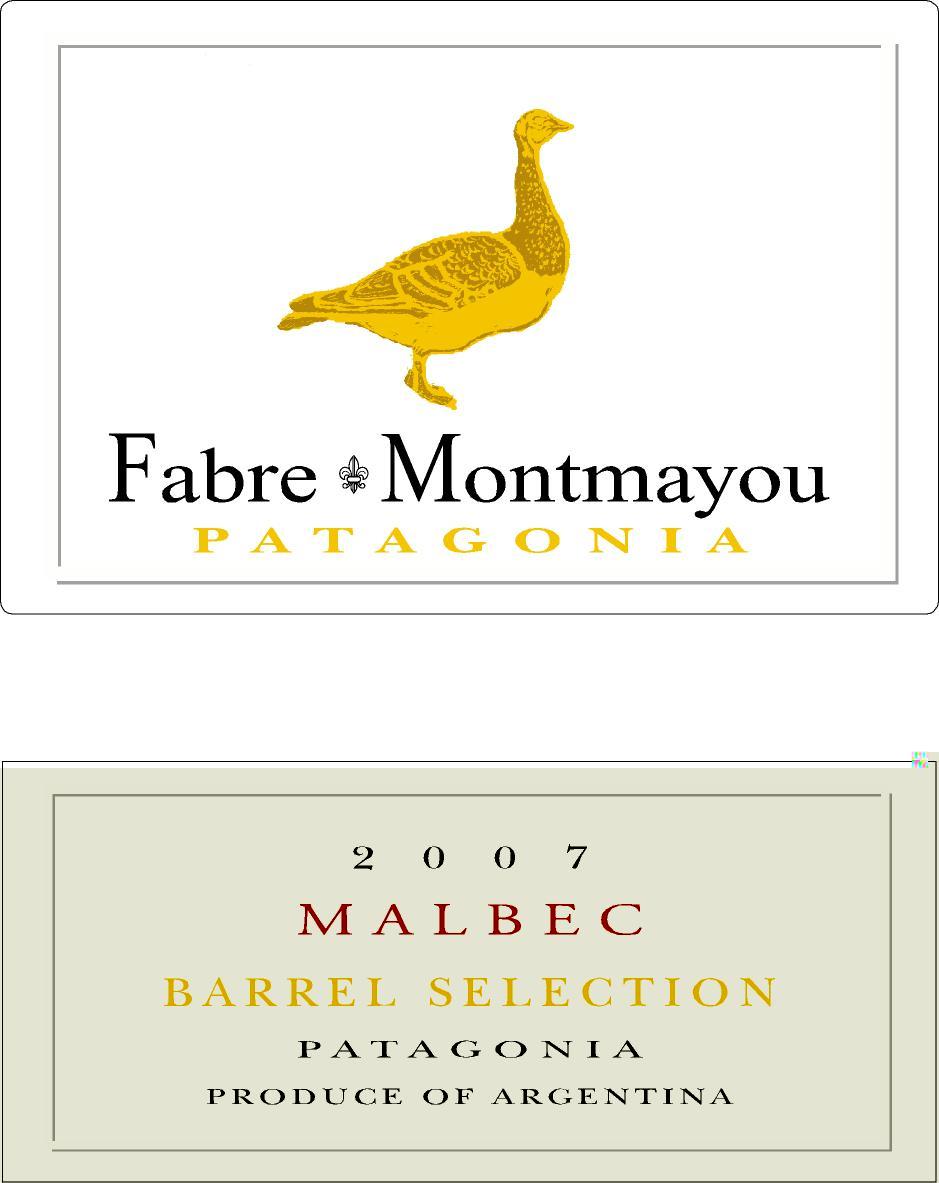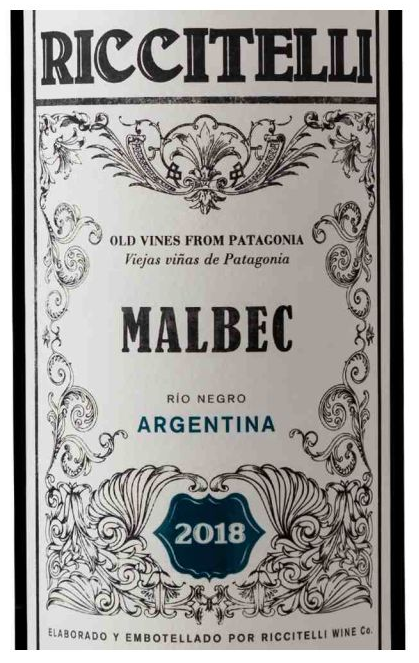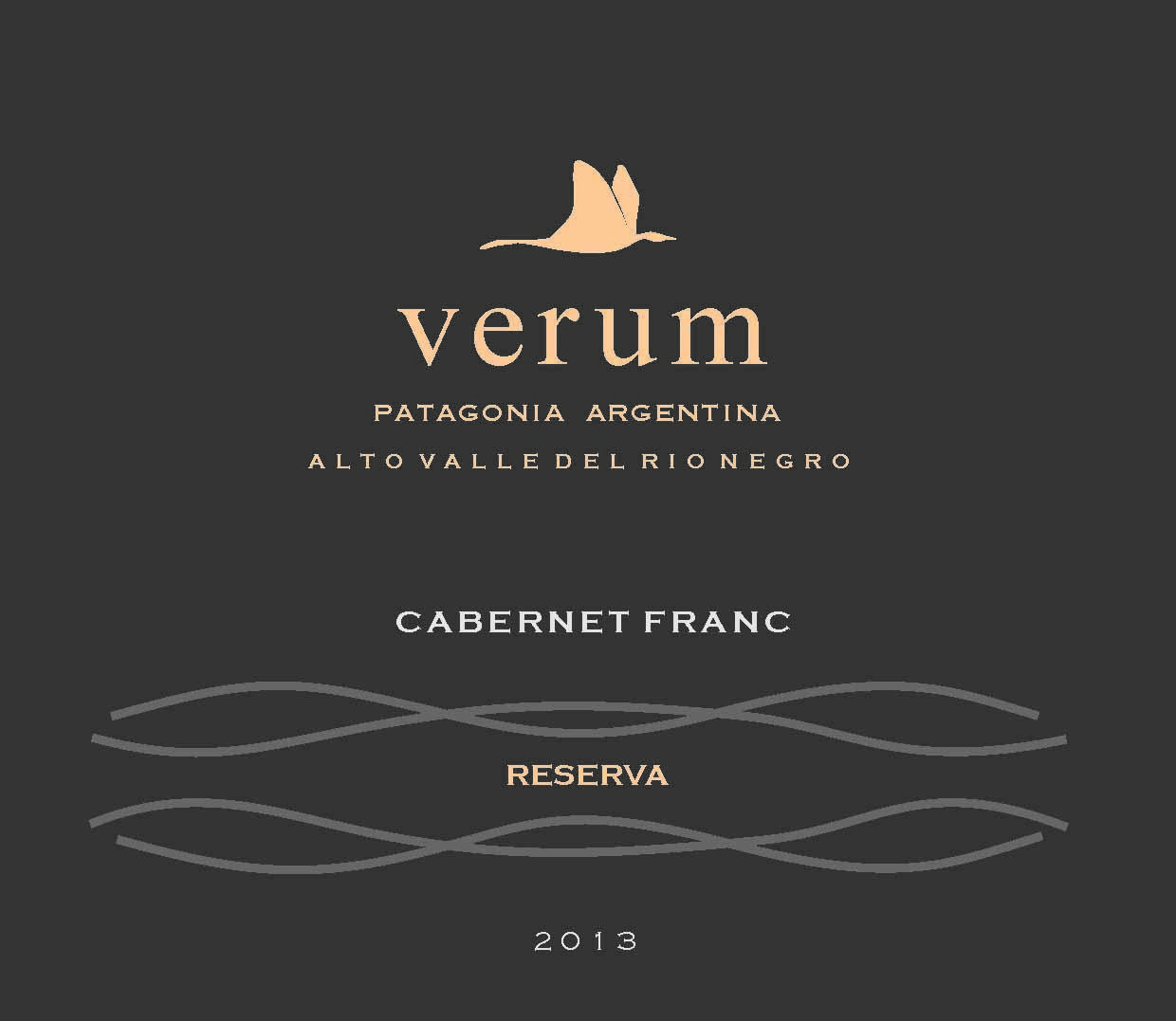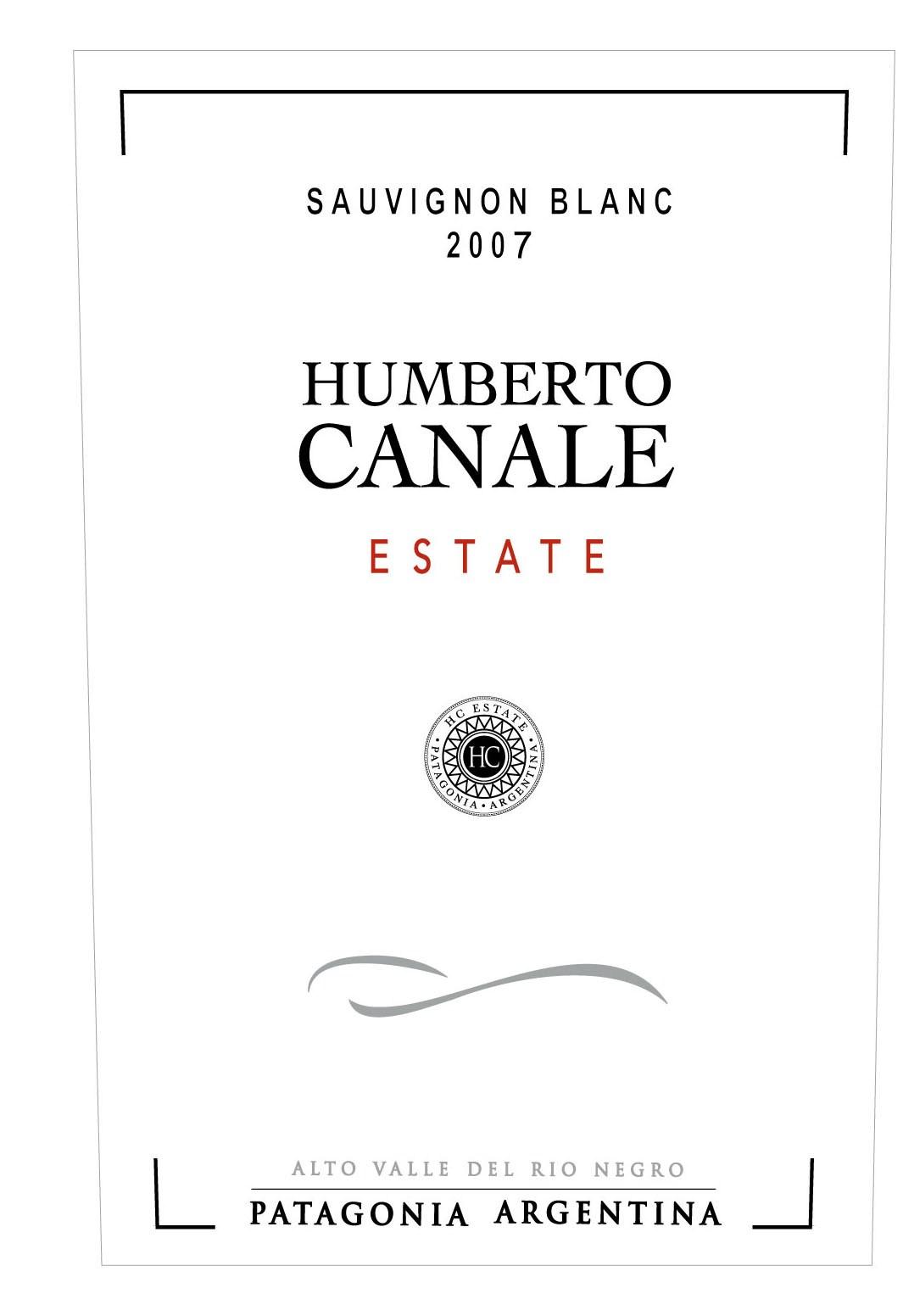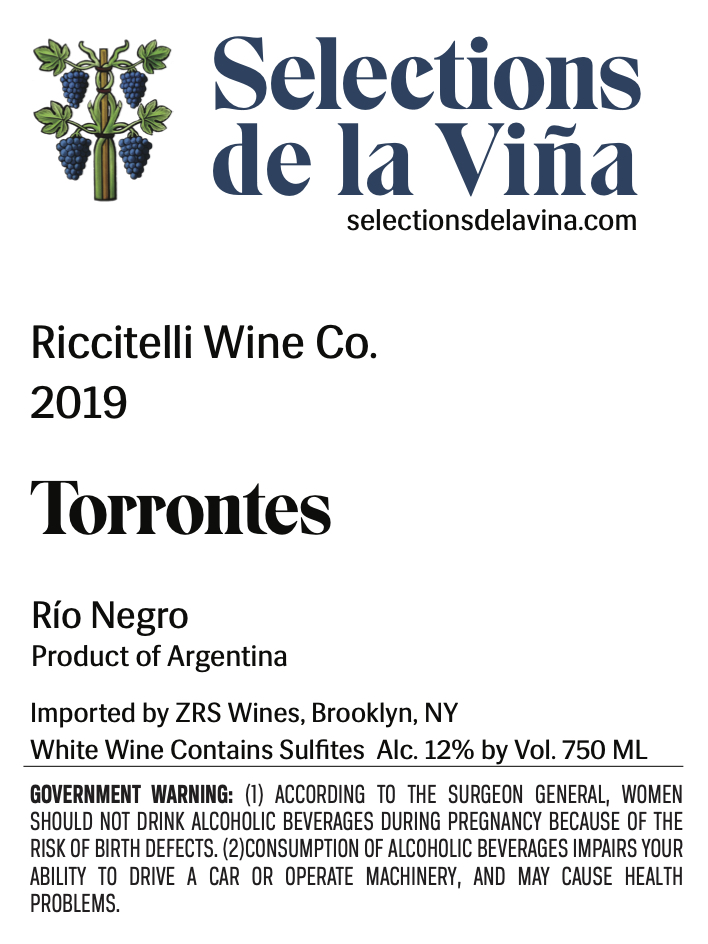Terroir of Río Negro
Río Negro enjoys a classic Patagonian desert climate, shaped by the Andes' rain shadow. Despite its low altitude of 150–250 meters above sea level, the latitude of 38°–39° S provides a cool environment perfect for viticulture. Summers bring warm days reaching 28–30 °C and cool nights falling to 10–12 °C, favoring slow, even grape ripening. The region sees annual rainfall of just 180–200 mm, making irrigation vital, supported by an age-old river-fed system.
The growing season features strong sunlight and significant diurnal temperature variation, fostering bright acidity and clear varietal character. The soils, predominantly alluvial with gravelly sand and clay loam, encourage deep root growth and concentrated flavors. Steady westerly winds from October to December reduce disease risk, aiding organic practices. Closer to the Atlantic, increased humidity softens summer heat, enhancing the aromatic profile of white varieties like Sauvignon Blanc.
Notable Wineries in Río Negro
Río Negro in Patagonia, Argentina, is a region steeped in winemaking history, with a renewed focus on quality and sustainability. Here are some notable wineries that capture its unique terroir:
-
Bodega Humberto Canale: Established in 1909 in General Roca, known for its diverse range of wines, including old-vine Semillón and sophisticated Malbec.
-
Bodega Noemía / J. Alberto: Located in Mainqué, this small estate practices organic winemaking with a focus on rich, aromatic Malbec blends.
-
Bodega Chacra: Also in Mainqué, specializes in biodynamic Pinot Noir and Chardonnay, admired for Burgundy-like elegance.
-
Bodega Miras: Family-run in General Roca, emphasizes fresh, food-friendly wines, especially Pinot Noir and Trousseau.
-
Bodega del Río Elorza: A boutique winery in Fernández Oro, revitalizing historic vineyards with modern, lightly oaked reds.
Sustainable Winemaking in Río Negro
In Patagonia's Río Negro, sustainability is at the heart of winemaking. The region's dry, breezy climate allows for low-maintenance vineyards, where organic and biodynamic practices thrive. Winemakers focus on soil health by using cover crops, compost, and organic mulches, reducing the need for chemicals. Water management is crucial, with drip irrigation systems and advanced technology ensuring precise use of limited resources.
Commitment to sustainability extends to energy efficiency, with many vineyards adopting solar power and energy-saving innovations. These practices not only conserve resources but also enhance the natural expression of Río Negro's wines. By fostering biodiversity and community involvement, the region creates a harmonious relationship between nature and viticulture, resulting in wines that truly reflect their unique Patagonian terroir.
Wine Tourism in Río Negro
Río Negro, in Patagonia, offers a distinctive wine tourism experience, deeply rooted in its rich winemaking history and unique terroir. The Alto Valle route, featuring towns like General Roca and Cipolletti, invites exploration by car or bicycle.
Visitors can enjoy scenic vineyard trails, often leading to century-old pergolas, perfect for leisurely picnics. Tastings often include local specialties, enhancing the valley’s orchard heritage. Eco-friendly bike routes around Mainqué and Allen offer a closer look at boutique wineries and the region’s landscape.
Seasonal dining experiences at vineyards complement the wine journey, with options ranging from farm-to-table restaurants to outdoor parrillas. The annual “Fiesta de la Manzana” in General Roca celebrates local culture with music and regional cuisine. Río Negro’s laid-back wine scene, set against the backdrop of stunning Patagonian scenery, offers a genuine and sustainable wine experience, highlighting the valley’s potential and charm.
